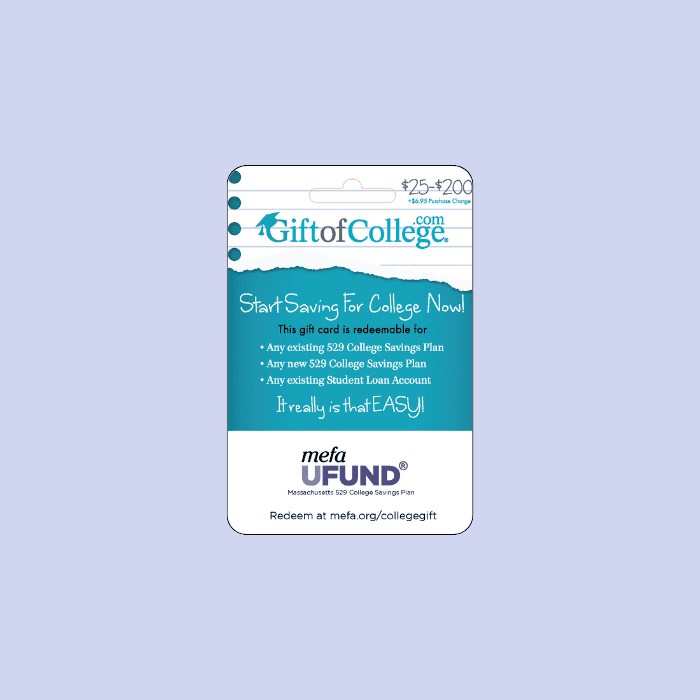Public Service Loan Forgiveness (PSLF) is a program that forgives student loan debt after 10 years of repayment for those working in public service. To better understand this program, learn from MEFA’s webinar on PSLF or review the summary below.
How PSLF Works
The concept behind Public Service Loan Forgiveness (PSLF) is fairly simple: make 120 eligible payments on eligible loans while working for an eligible employer. If you apply for PSLF and qualify under this eligibility criteria, then your remaining federal student loan debt balance will be forgiven.
How You Qualify
Eligible Loans: To be eligible for PSLF, the loan must be a Federal Direct Loan. The Federal Direct Loan can be a Subsidized or Unsubsidized Federal Direct Student Loan, a Federal Direct Grad PLUS Loan, or a Federal Direct Parent PLUS Loan. If you have other types of federal loans, then you will have to consolidate those loans into a Federal Direct Consolidation Loan to make them eligible for PSLF. Most borrowers do not need to consolidate their loans to pursue PSLF. But if you do have to take this step, then do it before you start making eligible payments because consolidation wipes out your payment history. Read more about consolidation here. Not sure what kind of loans you have? Log into StudentAid.gov or check with your loan servicer to find out.
Eligible Employers: In addition to having qualifying loans, you must repay your loans while working for a qualifying employer to be eligible for PSLF. This means you must be working full time at a government agency, a 501(c)(3), or a non-profit organization. To determine if your employer qualifies, you can use this tool. You must be considered a full-time employee and not a contractor; and eligibility is determined by who you work for rather than your job title. The 10 years of work does not have to be consecutive, so you can take a break from eligible repayment and then resume the clock when you return .
Eligible Repayment Program: While you are working for an eligible employer and repaying your eligible loans, you must also be enrolled in an eligible repayment program. This means you must be enrolled in standard repayment or income-based repayment (IBR). Since standard repayment is 10 years, there will be no balance to forgive through PSLF if you are enrolled in standard repayment for the entire duration of your loan repayment.
Eligible Payments: Qualifying payments for PSLF include:
- Any standard or IBR payment made no later than 15 days after the due date
- Prepaid lump sum payments, which satisfy up to 12 months of payments, if eligible months of work are subsequently completed
Periods of administrative forbearance count toward PSLF as long as you are completing eligible service during that time, but other deferment and forbearance periods do not count toward PSLF.
The Process of Applying
You must send in documentation to Federal Student Aid of your eligible employment to verify your public service. Though you are technically not required to submit proof of service until you have completed all 10 years of repayment, we highly recommend that you submit the Employment Certification Form annually to trigger your loan servicer to track your eligible payments. This can also help you keep track of your eligible payments. If you receive a payment count that you think is off, you can appeal that count via email. Submitting your proof of employment annually also makes it easier for you and your employers. It may be difficult for some employers to provide work history and documentation after a long period of time has passed.
For more guidance, the PSLF Help Tool will walk you through the process of reporting your employment and determining your eligibility for forgiveness. And to read a full overview of PSLF, please visit the Federal Student Aid site here.









